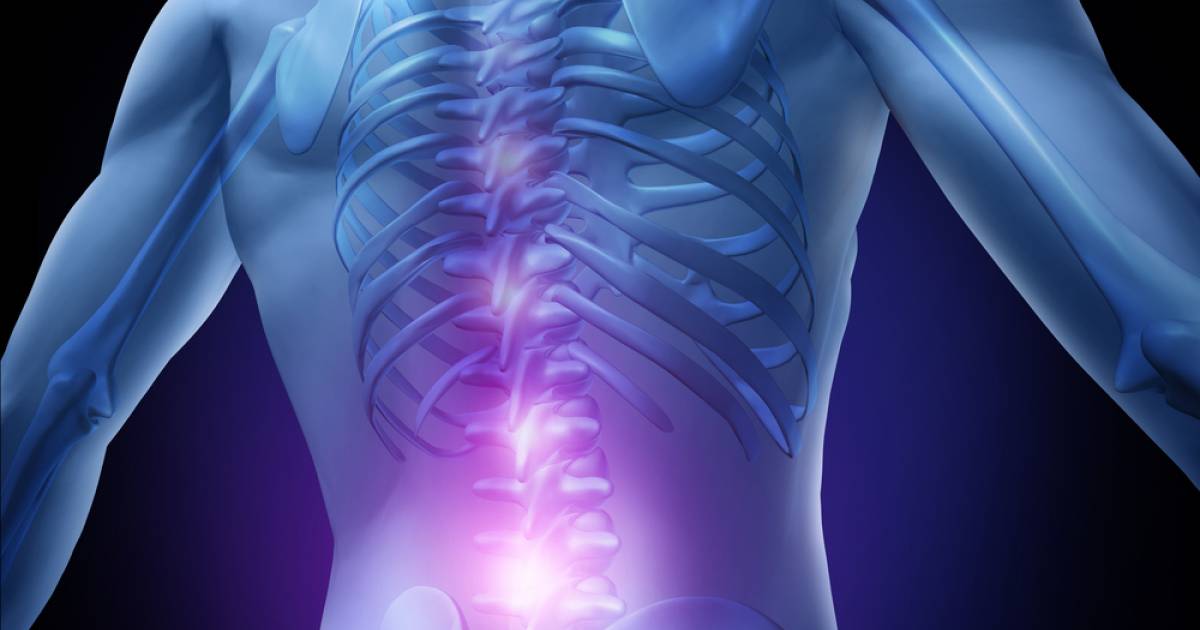Guide To The Causes And Complications Of A Herniated Disc
When one of the cartilaginous discs in the spine moves out of its designated place between the vertebrae, it is referred to as a slipped, ruptured, or herniated disc. Any part of the spine can experience a herniated disc, as these cartilaginous discs are in the junction between all of the vertebrae. Herniated discs most often occur in the lumbar or lower spine and the neck or cervical spine. Symptoms can vary from one patient to the next, depending on the location and severity of the herniated disc. A patient's symptoms are minimal and mild when the herniated disc does not cause any of the neighboring nerves to become compressed. Symptoms include numbness, pain, and weakness in the affected area when the herniated disc causes a neighboring nerve to become compressed.
There are multiple causes and potential complications of a herniated disc. Learn about them now.
Disc Degeneration

An individual affected by disc degeneration in their spine may experience a herniated disc as a complication of the normal changes that take place in these tissues as they age. All individuals' spinal discs degenerate as they get older, but not everyone experiences pain as a result of this process. The discs in the spine are comprised of mostly water when individuals are born. As they get older, the discs in the spine lose this water and can dry out. Dried out spinal discs have a greater tendency to slip out of place, crack, and break into fragments. Dried out spinal discs that are degenerating make the spine lose stability, putting individuals at greater susceptibility to the complication of a herniated disc. Spinal discs can experience degeneration when the hard outer layer develops cracks or fissures that allow the soft inner core to leak out. This causes the disc to become too thin and lose its ability to cushion the vertebrae or act as shock absorbers. This type of disc degeneration is also known to produce a herniated disc.
Continue reading to reveal more causes and complications linked to a herniated disc now.
Lifting Heavy Objects

Lifting heavy objects can increase an individual's risk of developing a herniated disc. These physical activities may be a part of an individual's occupation or may be associated with a recreational hobby. Occupations that involve repetitive pulling, pushing, sideways bending, twisting and lifting are those that are most likely to cause someone to experience a herniated disc. An individual who tends to utilize the muscles in their back rather than the muscles in their legs when trying to lift a heavy object can develop a herniated disc. The repetitive action of lifting heavy objects incorrectly can cause the vertebrae to produce friction that expedites the degeneration or break down of the spinal discs. When the spinal discs break down or degenerate, they are more likely to move out of their place, crack, and break into fragments. An individual who performs heavy lifting regularly can experience problems with the muscles that are responsible for supporting their spine, which can also cause a disc to slip out of its place.
Uncover more risk factors and complications linked to herniated discs now.
